Fire is classified into five types (A, B, C, D, and E) based mostly on the fuel that is burning.
Class A fires involve combustible solids such as coal, cardboard, cloth, and wood.
Class B fires involve flammable liquids or liquefied solids such as gasoline, alcohol, and wax.
Class C: These fires involve combustible gases such as butane, propane, and natural gas.
Class D: These fires involve combustible metals such as aluminium, magnesium, and titanium.
Class F: These fires involve flammable cooking oils and fats.
The above classification system helps in assessing risks and identifying the most effective type of extinguishing agent.
This article will discuss the Class C fire type, which is one of the types mentioned above. Class C fires involve flammable gases; this is the combustion of flammable gases, which can be extremely dangerous and explosive.
‘Class C’ Fire-causes
Service industries use flammable gases such as propane, butane, methane, natural gas, hydrogen, etc. that are highly volatile and pose a significant fire and explosion risk if ignited even a little. Therefore, these flammable gases should be stored in sealed containers in a secure location that is strictly monitored and properly maintained to prevent open flames in any industrial or commercial area where they are used.
The LEL (lower explosive limit) specifies the lowest concentration of combustible gas that can be burned in the air. This is typically around 5%, demonstrating the severity of the potential for causing explosions.
In addition to the hazards posed by flammable gases, there is also an increased safety concern with respect to their storage because many of these compounds are highly toxic if inhaled.
Need for using Extinguishers
Fire extinguishers are one of the most important pieces of equipment for protecting yourself and people around from sudden fires that can be fatal if not extinguished quickly enough before they spread out of control. The primary objective of using extinguishers is to put out fires as quickly as possible while causing no damage to people or property.
However, it is not only about fighting fires; it is also about protecting ourselves, and others around us from harm caused by smoke inhalation and fire-related burns and injuries that could have been avoided if the proper equipment had been available and used properly on the scene where the incident occurred. Also, we must ensure that the equipment we use is compliant with current best practise standards and regulations, so that we can all use it correctly, safely, and effectively.
Types of extinguishers
Water Extinguishers: These suit class A fire risks and these extinguishers have a red label.
Foam extinguishers: These suit both class A and B fire risks and these extinguishers have a cream-coloured label.
Co2 Extinguishers: These can be used on fires involving electrical equipment and can also be used on Class B fires. Co2 extinguishers have a black label.
Wet Chemical Extinguishers: These are appropriate for both class A and class F fires and these extinguishers have a yellow label.
Dry Powder Extinguishers
These powder extinguishers can be used for A, B, and C type fires as well as fires involving electrical equipment. Powder extinguishers have a blue label.
As mentioned earlier, class C fires can be dangerous and difficult to deal with if not properly extinguished, so it is important to have the right equipment on hand when dealing with these types of fires! They have the potential to explode and burn for hours at a time if not properly dealt with, so it’s important to know how to put them out quickly and safely when they do occur and what signs to look for that indicate an impending explosion or fire!
The location, occupancy, and purpose of each building will determine which type of fire extinguisher to use in the event of an emergency. The concentration of flammable gases in the air aims at maximizing fire hazards, and even small or isolated leaks of these gases can result in rapid ignition if an open flame or igniter is used. Dry power extinguishers are the only type of fire extinguisher that can be used on Class C flames.
These are ideal for smouldering fires, which are generally slow burning and tend to cause only minor damage to structures or furnishings as well as being difficult to detect visually at a distance by trained personnel (although there may be an odour that gives away their presence). The advantage of a dry powder extinguisher over a water-based type is that they contain no water that could present a serious safety risk if not handled correctly, while the water-based types also require venting after use, which can leave a residue on surfaces.
Note: Never use a fire extinguisher if you haven’t had any training in it as it might even result in fatal accidents.
About us
A good educational institute will always guide you in the right direction. NIST is India’s first NEBOSH Gold Learning Partner, as well as an ISO: 9001 certified company. NIST offers a one-day/8-hour fire safety training that can be customised to meet the needs of individuals/employees. Help yourself as well help others save lives!!
For further details, contact our client servicing team @ +91 9384663536 or mail us at corporate.sales@nistinstitute.com

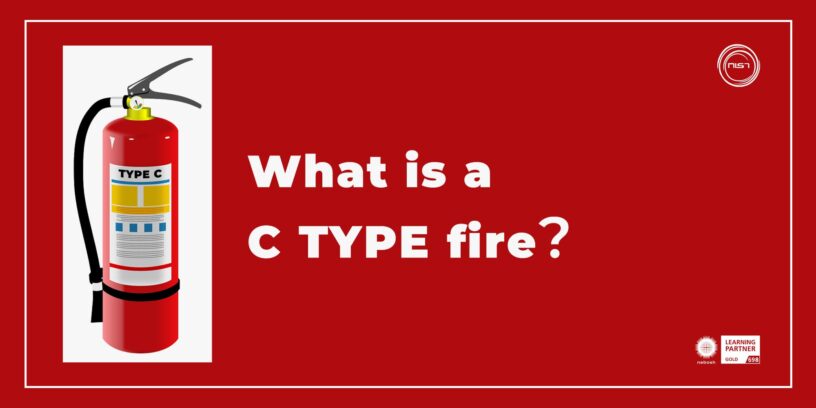
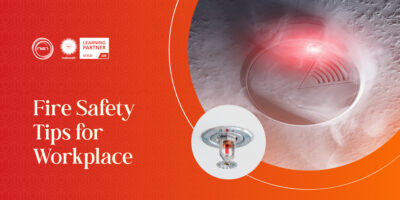
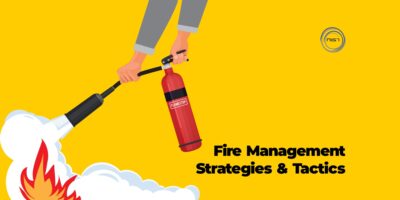
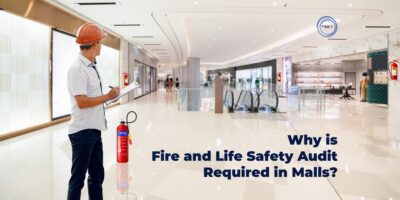
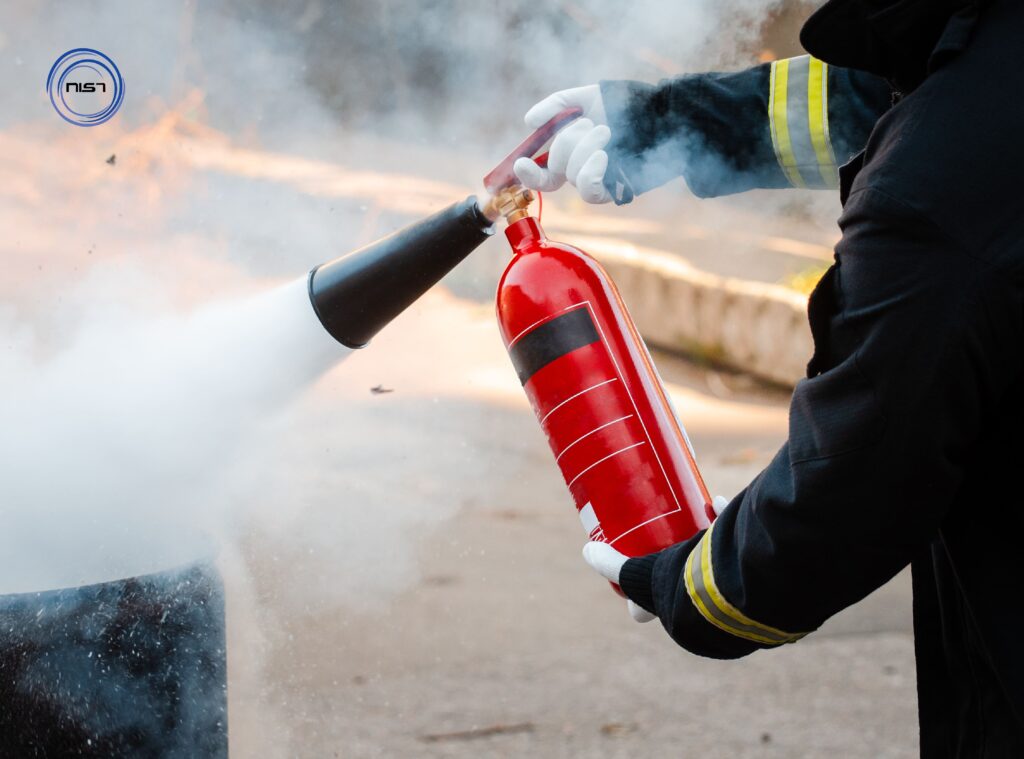
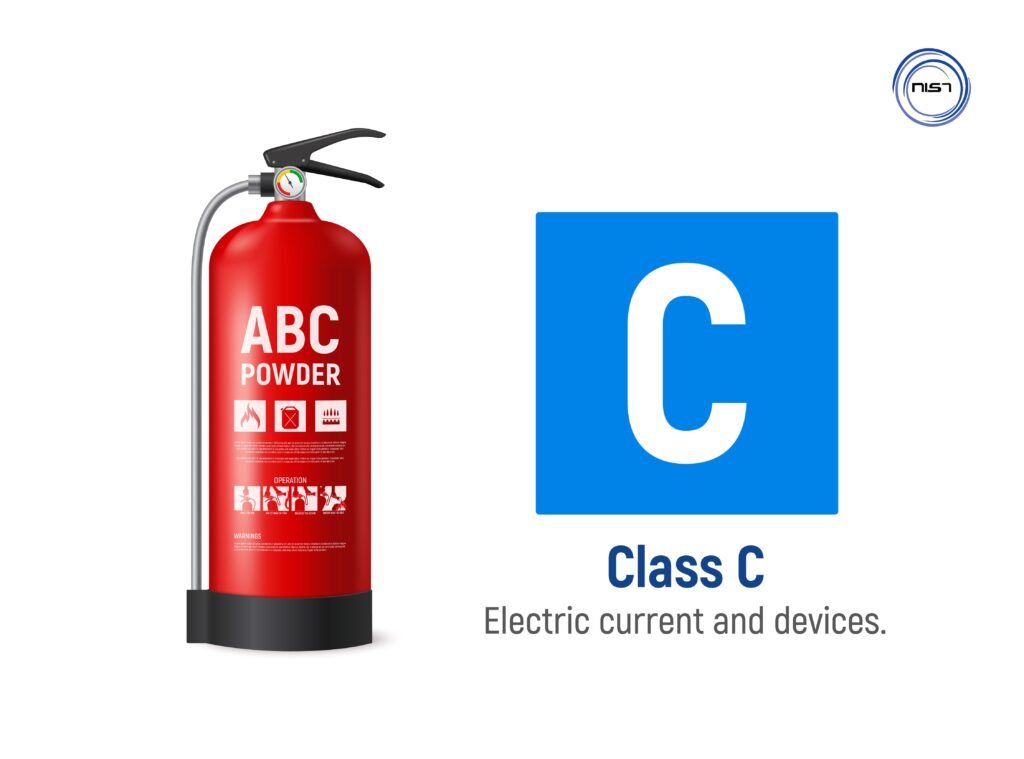









Leave a Reply